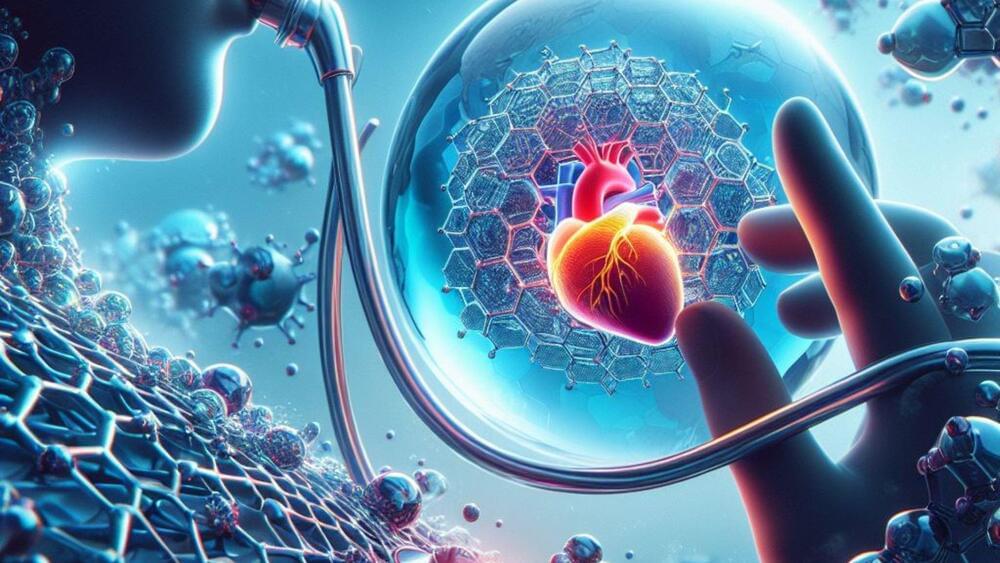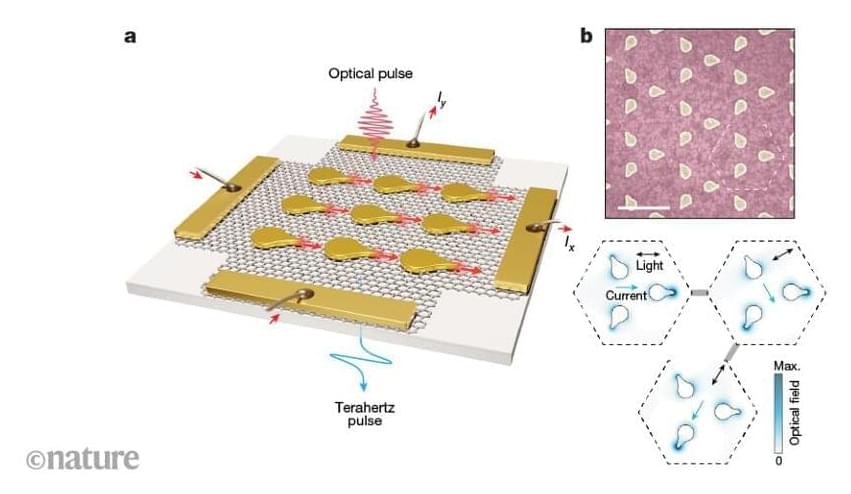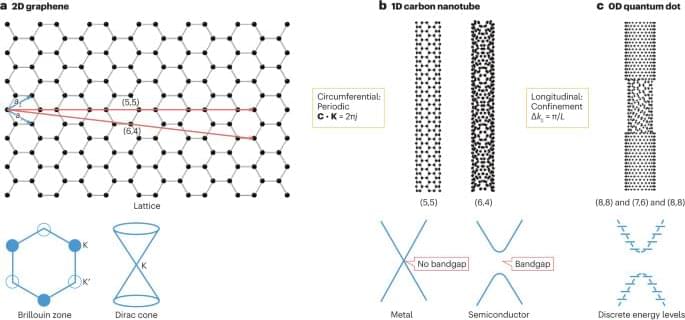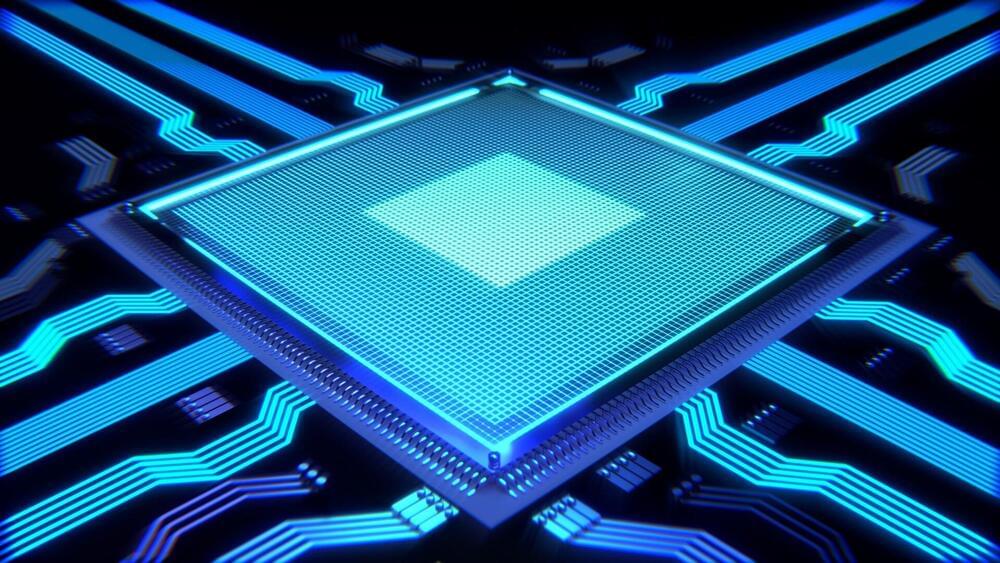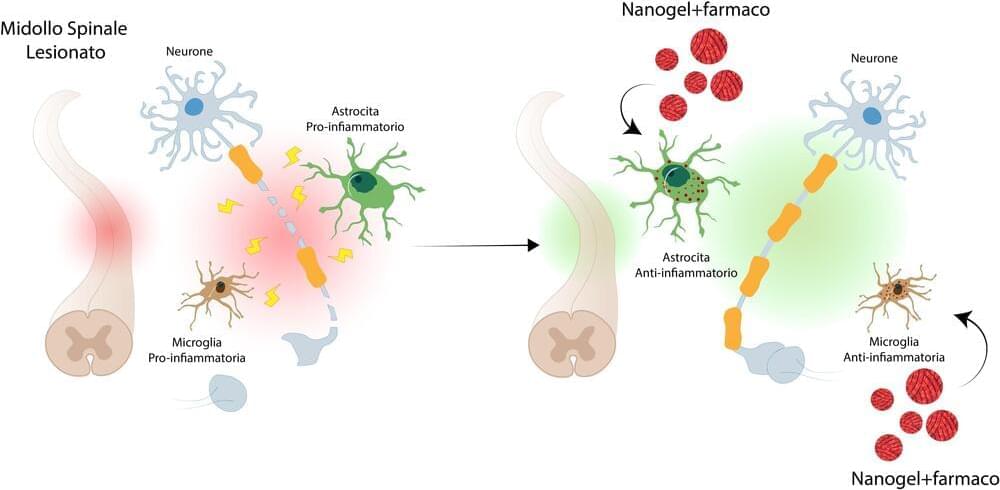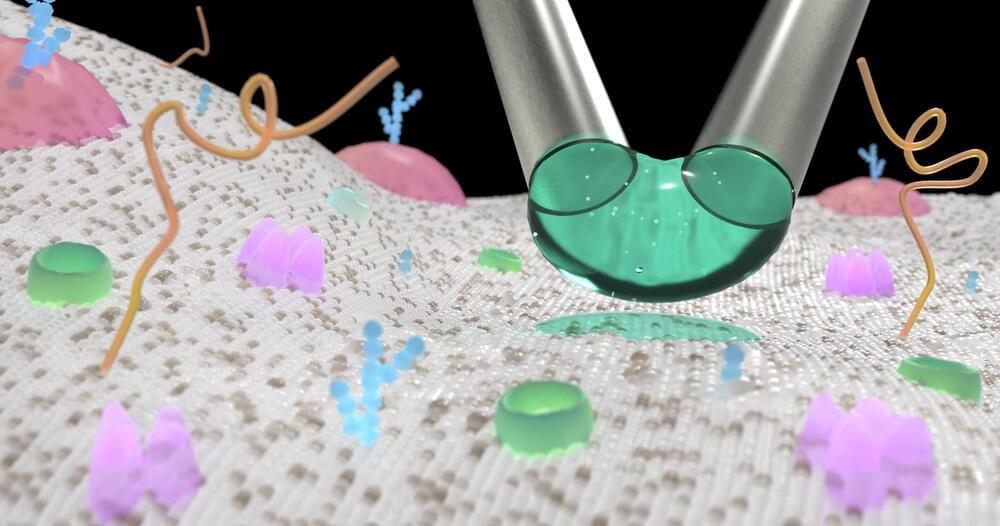Feb 17, 2024
At the Speed of Light: Unveiling the Chip That’s Reimagining AI Processing
Posted by Dan Breeden in categories: mathematics, nanotechnology, robotics/AI
An innovative new chip uses light for fast, efficient AI computations, promising a leap in processing speeds and privacy.
Penn Engineers have developed a new chip that uses light waves, rather than electricity, to perform the complex math essential to training AI. The chip has the potential to radically accelerate the processing speed of computers while also reducing their energy consumption.
The silicon-photonic (SiPh) chip’s design is the first to bring together Benjamin Franklin Medal Laureate and H. Nedwill Ramsey Professor Nader Engheta’s pioneering research in manipulating materials at the nanoscale to perform mathematical computations using light — the fastest possible means of communication — with the SiPh platform, which uses silicon, the cheap, abundant element used to mass-produce computer chips.

